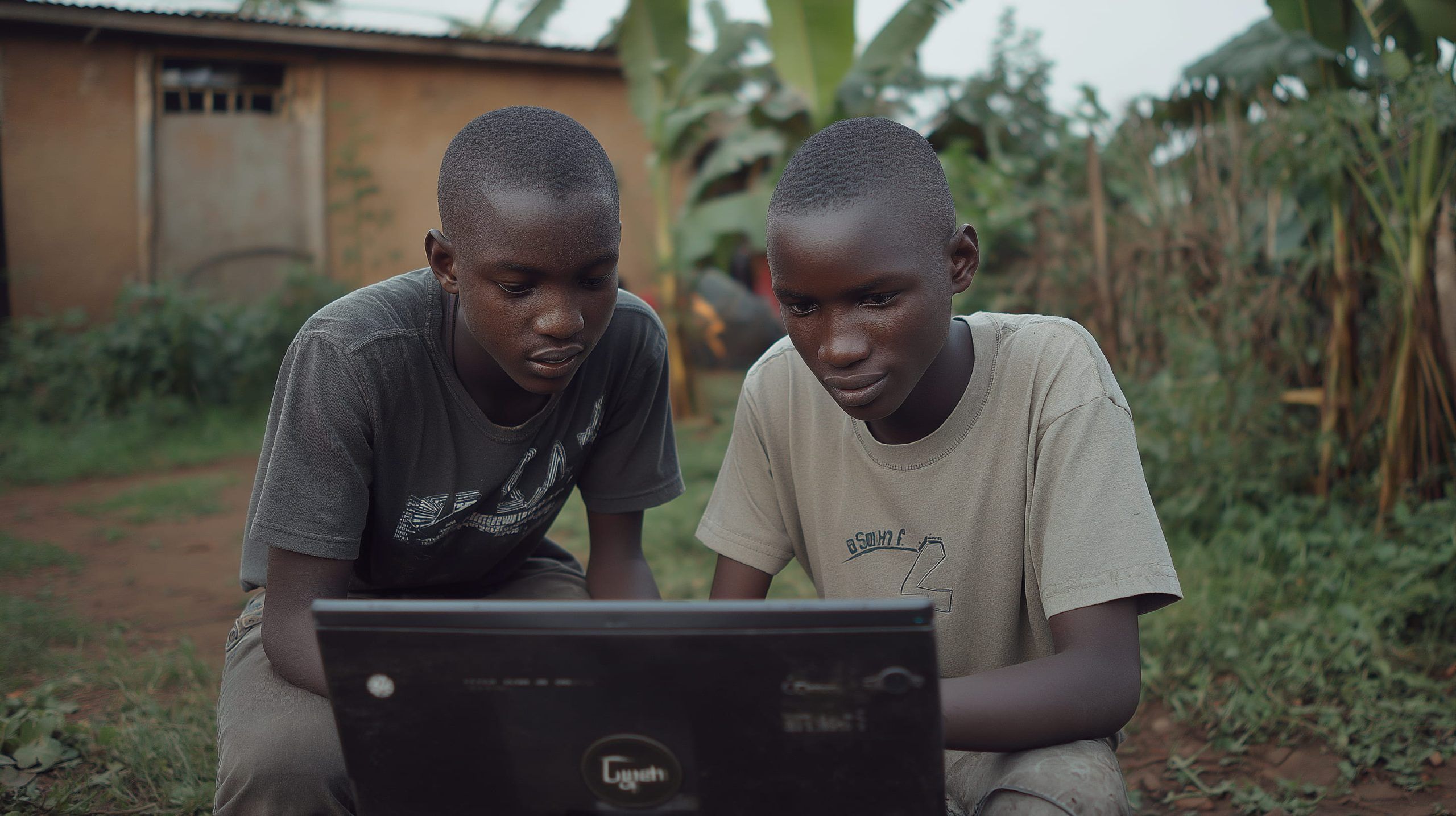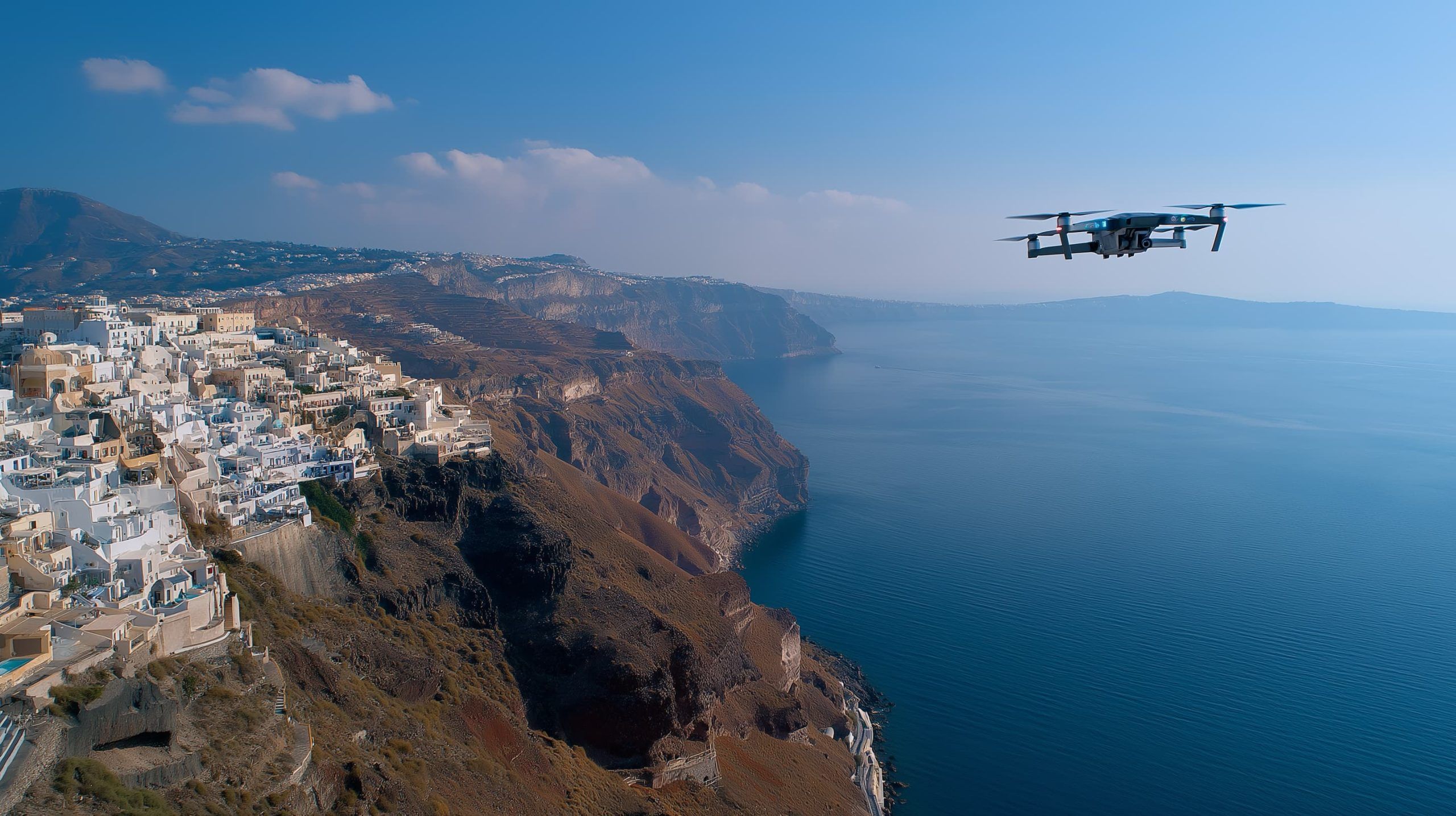
Google Gemini 2.5 Flash Image: The Lightning-Fast AI Model That’s Changing the Game
Gemini 2.5 Flash Image Is Here: How Google’s Newest AI Beats MidJourney, GPT-5, and Claude in Creativity and Speed Google’s Gemini 2.5 Flash Image is making waves as a breakthrough in generative AI – combining blazing speed, advanced reasoning, and multimodal










